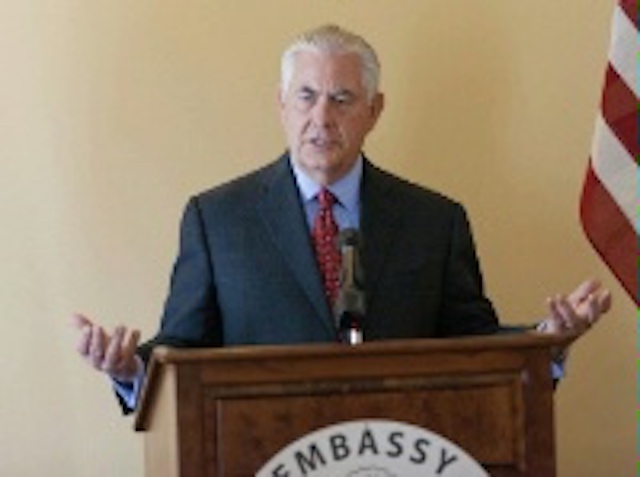Linguist Analyzes CEO-Departure Press Releases to Answer: Why?

The Wall Street Journal had an interesting article this week about a German amateur linguist and journalist who has developed an algorithm to examine press releases on executive departures. The purpose is to cut through the spin to determine whether the honcho left voluntarily or was fired. As you can imagine, that raises some good points about writing these sensitive statements.
The departure of a CEO (or other top executive) gets a lot of attention from the business press. Such a move can indicate something is wrong (or right) and impact the stock price.
In the Journal article in the Aug. 14 print edition, reporter Vanessa Fuhrmans notes that companies may write that an executive vamoosed to pursue other opportunities or to spend more time with the family. Those explanations are often viewed as cloaking that the executive was fired. But if the company is full of praise for the person, it probably means she quit of her own volition.
Daniel Schauber founded a Frankfurt-based company that creates a “Push Out Score” from zero to 10 to parse the difference (the lowest meaning voluntary departure, the highest meaning an axing). He does this work by analyzing company statements and other information.
Schauber, an editor at German financial newspaper Börsen-Zeitung, said he’s analyzed thousands of corporate statements. He told the Journal: “It looks like boilerplate language, but if you look really closely at each word and how the words are weighed, each corporation has its own code. If there are deviations from that norm, there may be information there.”
That should be a lesson in how much each word matters in such delicate communications. For instance, not showing appreciation for the executive’s service or not providing a summary of his or her accomplishments could indicate tension.
Poor Judgment
Fuhrmans’ example of a statement that rated a 10 came from April, when Arconic Inc. said Klaus Kleinfeld would leave as CEO after he sent an unauthorized letter to activist investor Paul Singer, a move the board determined to be in poor judgment. Her example of a zero was when Rex Tillerson (pictured) left Exxon Mobil Corp. to become U.S. secretary of state.
Schauber rated Mario Longhi’s departure from U.S. Steel a five. Factors in the announcement that weighed toward a firing: no information about his plans, no regret over his leaving, and the fact that it came two weeks after an earnings miss and stock plunge and two days before he left. Factors that weighed toward quitting: praise from the chairman, a statement from Longhi on U.S. Steel’s progress during his CEO tenure, and his age — 63.
Schauber said he stays away from statements that cite health reasons for the departure because that leaves too many unknowns.
We’ve written about the subject of executive exits before. In 2014 we highlighted a Wall Street Journal article reporting on a spate of departures for which the companies boldly explained the real reason rather than hiding behind “family time” or “personal reasons.” For example, on a conference call about the ouster of Sanofi SA CEO Christopher Viehbacher, company chairman Serge Weinberg said, “There was a lack of trust, the relationship wasn’t close enough.”
Just this week we had an example of a company taking this issue seriously, with good communications. Commonwealth Bank of Australia has been reeling from a scandal in which its cash machines were used to launder $35 million. CEO Ian Narev has come under fire in the crisis. Chairwoman Catherine Livingstone put out a statement notifying investors and others that a succession plan now calls for Narev to leave the company by the end of 2018.
“In discussions with Ian we have also agreed it is important for the business that we deal with the speculation and questions about his tenure,” Livingstone wrote. “Today’s statement provides that clarity and will ensure he can continue to focus, as CEO, on successfully managing the business.”
Photo Credit: U.S. Department of State
This is an abridged version of an article that appeared today on the CrisisResponsePro paid subscription portal. (CrisisResponsePro subscribers can access the full version by clicking here. ID and password are required.) To take advantage of all of the content, data, and collaborative resources CrisisResponsePro has to offer, contact us at info@crisisresponsepro.com.




 Back to Blog
Back to Blog